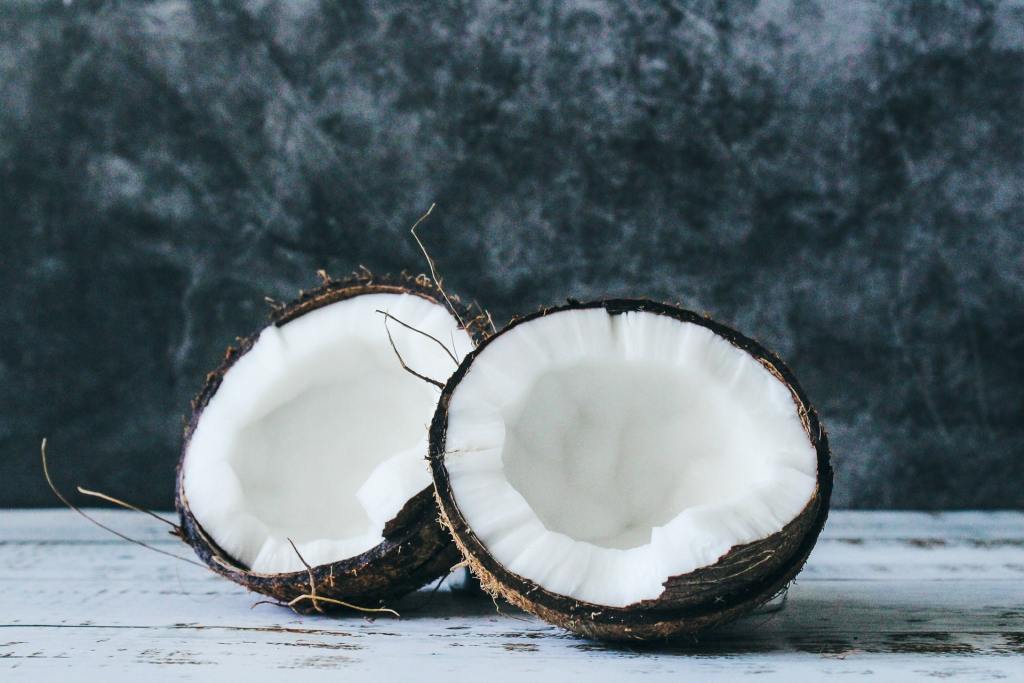No products in the cart.
How to use coconut coir in gardening
Day 25/05/2022
Coconut coir has been a timeless staple in gardening, but what exactly is it? Also known as coco coir or coconut fiber, it comes from the husk of the coconut fruit, and it’s used in everything from home decor to construction. For foliage lovers, coconut coir can provide soil structure, drainage, and aeration to keep plants healthy. As it is a more environmentally friendly material than peat moss, many consider it a green add-in to soil. Because of its advantages and uses, coconut coir is an essential tool for many home gardeners — read on to learn all about it.
CONTENTS
- How coconut coir works
- Benefits of coconut coir
- Using coconut coir in gardening

Coconut coir comes from coconuts. When you buy coconut coir, you’re usually getting coco peat, coconut fiber, coco chips, or some combination of the three. For coconut coir that’s a soil supplement or alternative, most gardeners reach for coco peat or dust, which is finely ground coconut husk that works well for water retention. Excellent for aerating roots, coconut fiber is an unprocessed string that’s commonly used for mulching and decorative purposes. Also deployed as mulch, coco chips consist of roughly chopped down coconut husk, providing both water retention and aeration benefits. This last form works well as an orchid mix when combined with perlite.
You can get coconut coir at your garden center in the form of blocks, loose mixes, discs, and liners. With blocks, you will need to break up the bale and mix it with water. Upon getting hydrated, coconut coir will expand about five times in size, so add water to it in a large tub.
Benefits of coconut coir
Coconut coir offers a wide range of advantages. Compared to peat moss, which is used for water retention, coconut coir is a green alternative. Peat takes hundreds of years to form, and it’s not being harvested at sustainable rates. Short coconut fibers are readily available as coconuts are being commercially processed in the food industry. Coconut coir also breaks down more slowly than peat moss, so its prized benefits of water retention and aeration last longer.
Because it retains moisture so well, it doesn’t require as much maintenance as a growing medium. In terms of feel, coconut coir is also easy to handle — it has no strong odor and feels fluffy to the touch. Coconut coir is an excellent supplement to potting mix as it provides extra soil structure.
There are some things to consider when you use coconut coir for growing plants. First, coconut coir is inert, which means that it does not have significant traces of nutrients. If you use coconut coir in your garden, you have to supplement it with diluted fertilizer. Many gardeners will go for a calcium and magnesium supplement. Also, keep in mind that coconut coir, especially in peat form, is highly water-retentive. You can’t use it by itself or else your plant may get waterlogged and rot. Gardeners typically mix it with perlite or expanded clay balls for extra drainage. Last but not least, coconuts are usually grown near the sea, so make sure your coconut coir has been rinsed to avoid salt buildup.
Using coconut coir in gardening
Wondering how to use coconut coir in gardening? With its many benefits, coconut coir is a versatile material that can supplement plenty of home projects. Here are the most common ways plant lovers put it to use — in addition to mixing it in with potting soil, of course.
- Seed starter: Consider growing vegetables in coco coir. To create a seed starter, add coconut coir to potting mix or pick up a coconut coir disc. With discs, soak the coconut coir in a tray and place your seeds. Once the seedlings are ready, place the discs right into your garden bed and get started on your harvest.
- Planter and basket liners: Place coir liners inside hanging baskets to add an aesthetically pleasing touch to your home garden. First, soak the coconut coir for 15 to 30 minutes. Then, place it in your basket and trim it accordingly. Add a plastic liner with holes for drainage and fill your coir with potting soil before adding your plants.
- Hydroponics: Hydroponics essentially refers to growing plants without a soil environment. Coconut coir works well for transitioning into soil-free hydroponic gardening, as it’s sterile and inert. Because the coir will not offer enough drainage, add materials such as perlite, vermiculite, and peat moss to prevent root rot.
- Worm bins: Use coconut coir as worm bedding. Repurpose coconut coir used in other gardening projects by combining it with compost in a bin to create a habitat for earthworms, which will appreciate its moisture and fluffy texture. As the worms eat the compost, they produce worm castings that can fertilize your plants.
Besides being biodegradable and sustainable, coconut coir is an incredibly versatile material for garden use. Once you know how to supplement it in your outdoor projects, it’ll become a handy staple in your garden toolkit.
Contact us for competitive quotation:
VIET NAM TECHNOLOGY MINERALS JSC – SHC GROUP
Mr. Leon Vu – Sales Executive
WhatsApp: +84 936 306 698
Email: export5@shcgroup.vn







